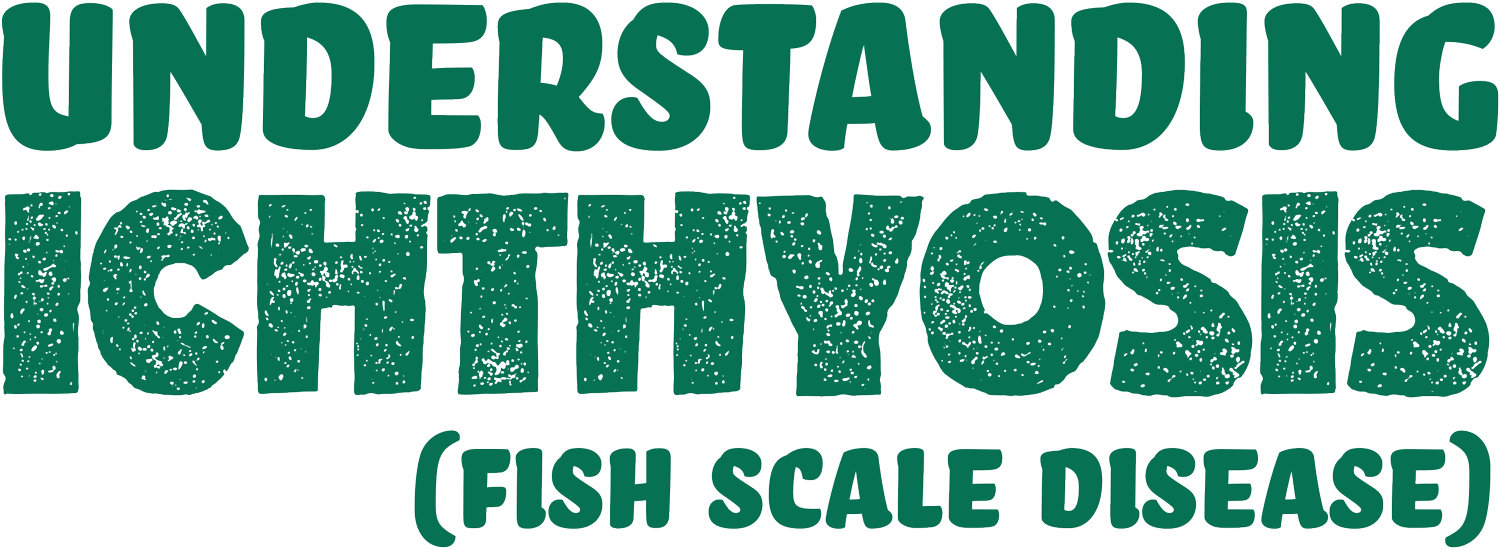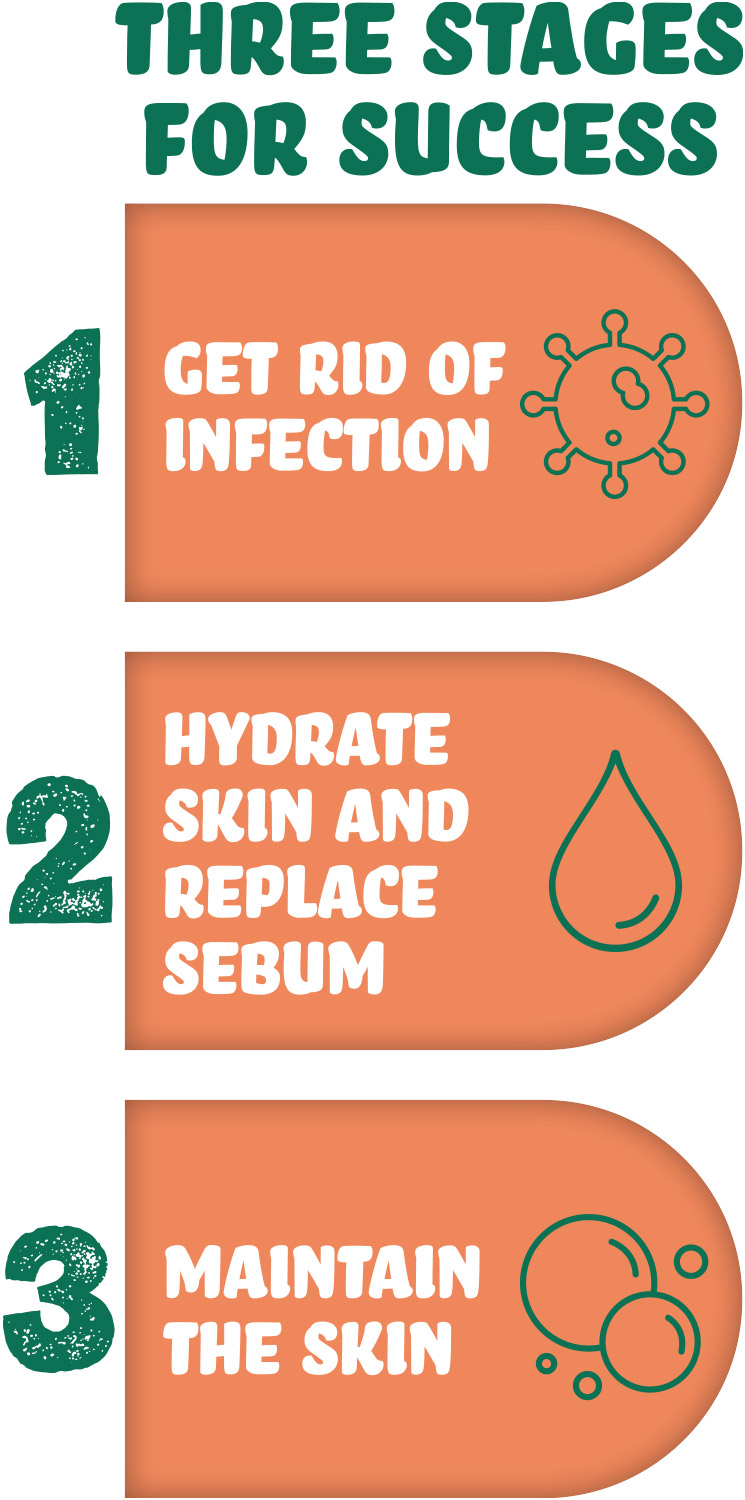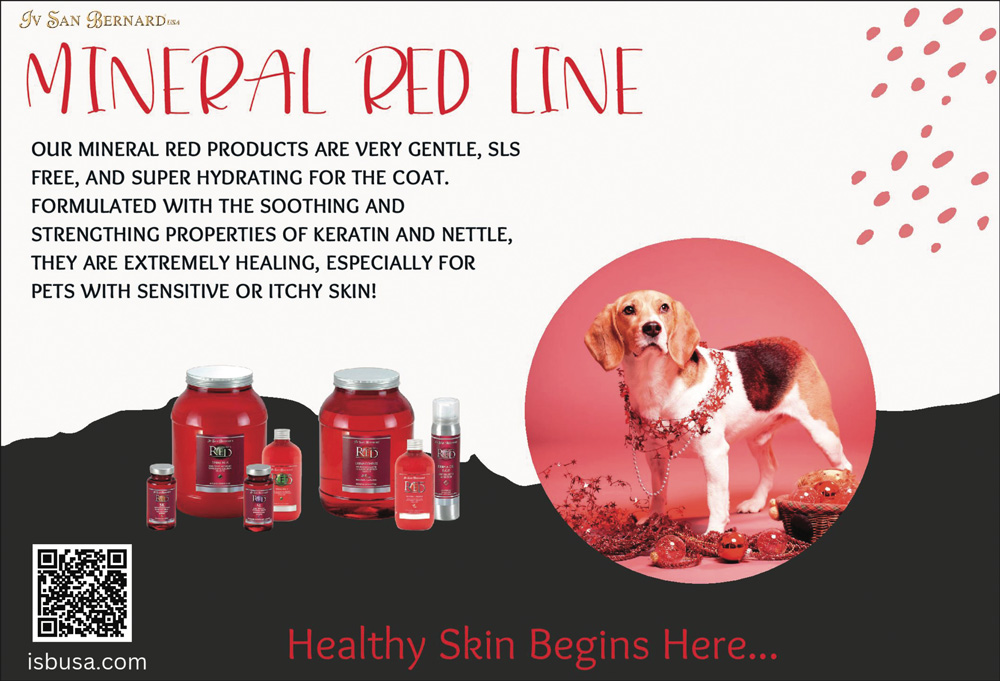
Photo by Cate Garcia
 n the grooming industry, we are often presented with pets that have questionable skin issues and, unfortunately, we are not always aware of the source or how to approach the problem. Ichthyosis, or “fish scale disease,” is one of these oddities that you may be faced with.
n the grooming industry, we are often presented with pets that have questionable skin issues and, unfortunately, we are not always aware of the source or how to approach the problem. Ichthyosis, or “fish scale disease,” is one of these oddities that you may be faced with.
Ichthyosis is considered a congenital disease where the skin cycle, which is normally around 21 days, may be as short as every three to four days. This leads to excessive shedding of the skin cells and sebum. Ichthyosis is most often found in Golden Retrievers, Jack Russel Terriers, Westies, Dobermans, Norfolk Terriers, Cavaliers, Yorkshire Terriers, Soft-Coated Wheatons and American Bulldogs. A majority of those affected will show signs shortly after birth; however, in some cases, it is not obvious until three to four years of age.
In many of these breeds, in addition to the “fish scaling,” we will also notice black skin, most likely associated with melanin being laid down due to chronic irritation. This irritation can often progress into cracked skin and sores (Westies and Yorkies). In some cases, there will also be thickening in the callus of the nose and footpads, alopecia (Westies), crimpy coat (Cavaliers) and dry eye (Cavaliers). In Goldens, the first signs maybe as subtle as increased pigment on the abdomen as a puppy.
Most cases of ichthyosis are diagnosed by observation, but some will require a biopsy to confirm. For some of the breeds, there is genetic testing available to identify affected individuals and also those that are carriers. The unfortunate reality of a disease process like this is that many of these dogs will be euthanized either due to the severity of the disease or the lack of understanding as to how to deal with it.

The plan that we implement should be based on the severity of the case when we begin. By the time we see these dogs, many of them have an infection, a lot of debris and their skin is extremely dried out. In these cases, we should break the process into different stages.
The third stage is extremely important and probably the most critical in preventing euthanasia. If we understand the normal skin cycle (keratinization) is 21 days, and with ichthyosis it is every three to four days, then logically we should conclude that it is best to bathe the dog every three to four days to keep ahead of the debris.
In many cases, veterinarians prescribe chlorhexidine which will take care of the infection, but they typically do not recommend a hydrating conditioner. Conditioner is absolutely needed to replace the sebum. Without it, we usually see a relapse of the infection. This is one of the reasons our clients come back without ever getting to the maintenance stage.
If the standard shampoo followed by conditioner process is used, you will find that your shampoo dries the sebum, making it more difficult to remove. And then when conditioned, the sebum will breakdown. That means the dog will be losing the skin flakes on the way home in the car and around the house, and this is exactly what we are trying to avoid.
A hydration spray can be made from a humectant conditioner and given to the owner to use daily, which also helps significantly in this situation. Another option is to have the owner bathe at home in between the grooming visits. If this route is chosen, it is imperative that you dispense the correct shampoo and conditioner (humectant) and teach them the correct way to bathe their pet. If not, the owner may use cheap, low-quality shampoo or conditioner that dries the skin and exacerbates the condition. Another mistake commonly made is the application of an emollient conditioner, which has fats and oils in suspension. This will break down the sebum and increase the level of flaking.
This is a process for success, not just a specific product. It is a case in which it is imperative that the owner is involved every step of the way as part of the solution. We must check in often with the owner to evaluate how they are feeling just in case their thoughts on the situation change.
Ichthyosis can be a very frustrating and challenging disease, but it does not have to be a death sentence. With education, the right tools and good management, we can do our very best to help the client deal with it.
Dr. Cliff Faver graduated with a BS in Biology/BA in Chemistry before getting a Veterinary degree in 1987. He is the past owner of Animal Health Services in Cave Creek, Arizona and now the US distributor for Iv San Bernard products, teaches the ISB Pet Aesthetician Certification program, and speaks internationally on hair and skin. His passion is to merge groomers and veterinarians to aid in helping and healing pets. He is also a member of AVMA, AAHA, AZVMA, Board member with Burbank Kennel Club, and has served on Novartis Lead Committee, Hill’s International Global Veterinary Board, and a Veterinary Management Group.

